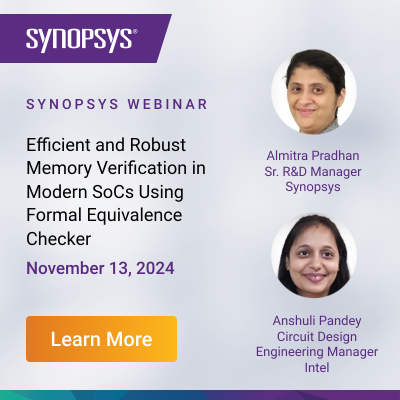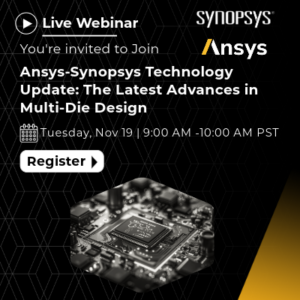Data center density continues growing, driving interconnect technology to meet new challenges. Two of the largest are signal integrity and power consumption. Optical interconnects can solve many signal integrity issues posed by copper cabling and offer support for higher frequencies and bandwidths. Still, through sheer… Read More
Author: Don Dingee
Linear pluggable optics target data center energy savings
Spatial audio concepts targeted for earbuds and soundbars
Spatial audio technologies deliver more realistic sound by manipulating how the listener perceives sounds virtually sourced from different directions and distances in a 3D space. Where traditional surround sound technology uses various sound channels through many speakers positioned around a listener, spatial audio can… Read More
First third-party ISO/SAE 21434-certified IP product for automotive cybersecurity
Increased processing and connectivity in automobiles are cranking up the priority for advanced cybersecurity steps to keep roads safe. Electronic vehicle interfaces, including 5G/6G, Bluetooth, Wi-Fi, GPS, USB, CAN, and others, offer convenience features for drivers and passengers, but open numerous attack vectors for… Read More
PCIe design workflow debuts simulation-driven virtual compliance
PCIe design complexity continues rising as the standard for intrasystem communication evolves. An urgent need for more system bandwidth drives PCIe interconnects to multi-lane, multi-link, multi-level signaling. Classical PCIe design workflows leave designers with most of the responsibility for getting the requisite… Read More
Facing challenges of implementing Post-Quantum Cryptography
While researchers continue a march for more powerful quantum computers, cybersecurity measures are already progressing on an aggressive timeline to avoid potential threats. The urgency is partly in anticipation of a “store-now-decrypt-later” attack where compromised data, seemingly safe under earlier generations of … Read More
INTERVIEW: Bluespec RISC-V soft cores in Achronix FPGAs
Recently, a partnership between Achronix and Bluespec has been in the news. Bluespec RISC-V processors are available as soft cores in a Speedster®7t FPGA on Achronix’s VectorPath® PCIe development card or in a standalone Speedster7t FPGA. We spoke with executives from Achronix and Bluespec about the impetus for this effort … Read More
ARC-V portfolio plus mature software IP targets three tiers
Synopsys is bridging its long-running ARC® processor IP strategy into a RISC-V architecture – Bernard Murphy introduced the news here on SemiWiki last November. We’re getting new insight from Synopsys on its ARC-V™ portfolio and how they see RISC-V IP plus their mature software development toolchain IP fitting customer needs… Read More
The latest ideas on time-sensitive networking for aerospace
Time-sensitive networking for aerospace and defense applications is receiving new attention as a new crop of standards and profiles approaches formal release, anticipated before the end of 2024. CAST, partnering with Fraunhofer IPMS, has developed a suite of configurable IP for time-sensitive networking (TSN) applications,… Read More
Self-heating and trapping enhancements in GaN HEMT models
High-fidelity models incorporating real-world, cross-domain effects are essential for accurate RF system simulation. The surging popularity of gallium nitride (GaN) technology in 5G base stations, satellite communication, defense systems, and other applications raises the bar for transistor modeling. Keysight dives… Read More
WEBINAR: The Rise of the DPU
The server and enterprise network boundary has seen complexity explode in recent years. What used to be a simple TCP/IP offload task for network interface cards (NICs) is transforming into full-blown network acceleration using a data processing unit (DPU), able to make decisions based on traffic routes, message content, and… Read More


















Alchip Technologies Sets Another Record